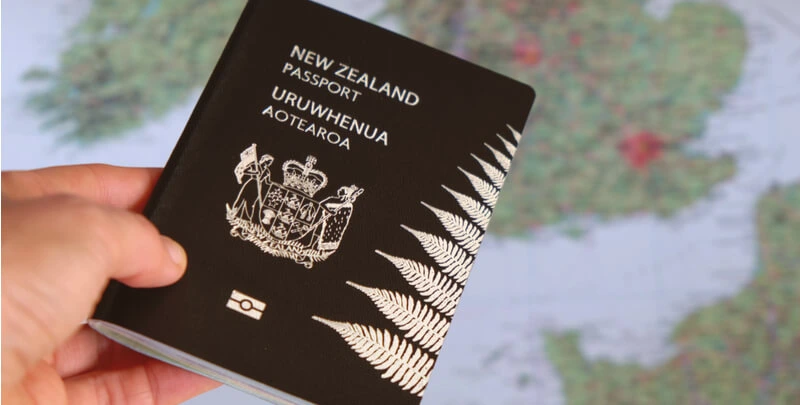Yes, we know that you have visited several websites containing the CMAT exam pattern. Of course, you are well aware of the number of questions, the sections, and all other nitty-gritty about the CMAT exam pattern.
However, you should know that being just familiar with the CMAT exam pattern doesn’t guarantee success. Yet, the knowledge of the exam pattern can significantly boost your chances of scoring well.
If you go through it, you can prepare for the CMAT exam smartly, and that is perhaps the most important skill you need to be successful.
Wondering how? Well, that’s what we’re going to talk about in the article. Read on to find out more.
Quick review of the CMAT exam pattern
- The CMAT exam is conducted by the National Testing Agency at various exam centers across 153 cities in India
- It will be a Computer Based Test (CBT) and all questions will be multiple-choice based
- There will be 5 sections in the question paper, each containing 25 questions of 4 marks each
- You will get 180 minutes (3 hours) for the first four sections, and an additional 30 minutes for the last section
- Negative marking is applicable in the exam (1 mark for each wrong answer), but you won’t be penalized for unanswered questions
- The GK section is optional, and it will not be considered in the final percentile calculation
CMAT exam pattern: Sections and topics
| Sections | Number of questions | Marks |
| Quant & DI | 25 | 100 |
| Logical Reasoning | 25 | 100 |
| General awareness | 25 | 100 |
| Language comprehension | 25 | 100 |
| Innovation &Entreprenuership (optional) | 25 | 100 |
Five pro tips for cracking the CMAT exam pattern
- Equal weightage to all sections: Unlike XAT or CAT where the section-wise number of questions varies, in the CMAT exam, all sections will have 25 questions. As a result, you need to give equal importance to each of the sections while preparing for it.
- Having a schedule helps in the long run: Many tend not to make a preparation schedule because ultimately it’s not possible to always stick to it. Yet, it helps to make one, because it gives you a target based on which you can always measure your progress.
- Revision is part of the preparation: Don’t leave the revision part for later, as it can have grave consequences, Revise at least once within 7 days of preparing a topic, or else you will lose touch. The best practice is to revise the topics covered each week during the weekends.
- Practicing time management is critical: You will have to take the exam within a fixed time limit and you won’t get a single second extra. Practice solving problems keeping in mind the average time you can put into each question. Of course it won’t happen at the start, but that’s no reason to give up on it.
- Take regular mock test : Solving problems at the comfort of your home is one thing, and executing it during the exam is another. Taking mock tests will familiarize you with the real exam scenario, and will help with execution on the exam day.
Top courses to pursue after with a CMAT exam score card
- MBA in Business Analytics : MBA in Business Analytics is a new and dynamic course that uses real-time data on to help make better business decisions. It is an emerging field that is perpetually underfed due to lack of professionals. When you do an MBA in Business Analytics, jobs will seek you out, rather than the other way round.
- MBA in Marketing : Unlike MBA in Business Analytics marketing is a well-established and traditional field in management education. Good roles become automatically available after an MBA in Marketing as all business houses need marketing professionals to drive customer engagement. However, since the course is quite common, you should try to do your course from a top institute.
- MBA in Logistics: Logistics is an offshoot of the more mainstream operations field and it involves coordinating supply across multiple units of a business house. Especially with the e-commerce boom, specialized logistics professionals have become high in demand. Getting a job would be fairly simple and the trajectory of your career will take an upward curve right from the start.








